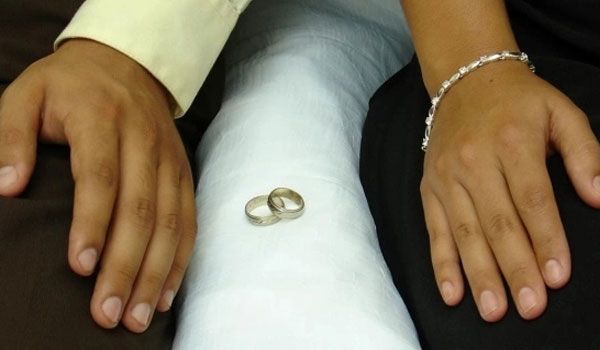General
How To Get A Divorce In Nigeria

Marriage is usually done in all sanctity, and kept from all form of defilement. However, in situations where one of the parties starts exhibiting some worrisome tendencies and characters, it might just be time to reconsider the sacrosanctity of the union. File For A Divorce
Indeed, divorce is not what destroys marriages. It’s abuse, infidelity, chronic toxicity are what does. The sacredness of the union is already defiled once a spouse is subjected to physical, financial, or psychological suffering. So, in such situations, seeking for a divorce might just be the way to go.
-
READ ALSO: How Fela Kuti Married 27 Women In One Day
So how does one execute the dissolution of the toxic marriage?
Every marriage done in the law court is otherwise known as Statutory Marriage. Such wedlock can only be dissolved on the basis of relevant legal grounds. For the sake of this article, we shall only focus on the steps needed to get a divorce in Nigeria.
Without much ado, let dig deep into the pile!

1. Consult a Lawyer
To file for a divorce, the first step you must take is to discuss your intention with your legal adviser, preferably a divorce lawyer. The lawyer will in turn provide helpful insights into your complaint. When your lawyer has carefully looked at the facts, he can advise whether you have strong reasons to pursue the divorce case or you should exercise a little patience.
2. The Two-Year Rule
Here, the constitution forbids that statutory marriage be brought before the law court for dissolution without fulfilling 2 years of its existence. The only exception to the rule is unbearable condition that threatens the life or wellbeing of one of the partners in the marriage.
3. Divorce Process
Under Section 54 (1) of Matrimonial Causes Act (MCA), it expressly describes any matrimonial issue as a Petition. In the law court, the party initiating the petition is called a Petitioner, while the other partner in the marriage is referred to as Respondent.
4. Filing a Petition
The process of divorce kicks off when a legal representative files the petition on behalf of the pensioner. The petition state the cause and underlying reason for initiating the divorce. The petition is filed and given a file number before the respondent is finally served the petition, to be filled within a stated period.
5. Hearing of the Petition
After the respondent has done the needful, a date is fixed for the hearing of the case. If the evidence(s) presented are found to be contentious or a collusion between both parties, the request for the divorce will be turned down. Also, the presence of witness(es) to corroborate the evidence can help strengthen the case.
6. Judgement, Decree and Divorce Certificate
After the law court is fully satisfied with the facts, evidence and witness, a decree named “Decree Nisi” is issued. This decree allows for reversal and reconciliation in the case one of the parties wishes to resolve the divorce issue.
After the Decree Nisi has been issued for a maximum of 3 months, then the decree is made absolute. This means the respondent is seen as dead and so the petitioner is freed from every legal marriage obligation. Afterwards, the damages, and care of the children would be later determined during the passing of judgement.
At all cost, the law court does not swing into dissolution of a marriage because it holds it as a treasured institution. Except concrete evidence is presented to the law court that proves beyond reasonable doubt, before a divorce case can be honoured.

